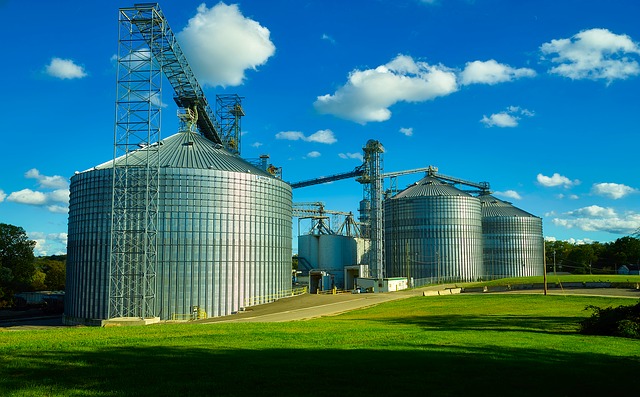Technology is constantly growing and aiding businesses in every sector, and agriculture is no different. On average, 30-40% of food in the US is wasted during the supply chain – this is an enormous number when you don’t factor in unforeseen issues like adverse weather. Fortunately, tech is here to help and is constantly working towards innovation. If you want to know some of the ways in which agricultural businesses can utilize technology to lower wastage, you’re in the right place.

Grain Silo Cleaning
Grains are typically stored in silos that require constant maintenance. Unfortunately, over time, grain melds together and causes blockages that result in wastages. To get rid of these blockages, there is a process which involves using a device called a bin whip to grind down the blockages and turn them to dust. Owing to the dangerous nature and the entering of small spaces, there are guidelines to follow that can be found on OSHA – the majority of it involves using the correct PPE, harnesses, and trained personnel. You can find out more about the bin whip and much more at pneumat.com.
Internal Silo Monitoring Systems
Traditionally, there hasn’t been any way of monitoring what goes on inside your grain silo, which means there could be contaminants and all sorts in there. However, with the help of technology, farm owners can now install a wireless device that monitors grain levels, temperatures, and other optics. This means that if there are any issues, like sudden changes in the weather, farmers can now plunge the fans on or off from the click of a button without the need to travel. This technology allows farmers to better prevent grain from spoiling, which in turn lowers wastage.
In Transit
During transit, food is prone to damages as a product of temperature malfunctions and human error. Fortunately, for bulk transit, sensors can be fitted to the truck to measure the temperature, humidity, and movement, in an attempt to lower wastage. With real-time monitoring, manufacturers can adjust the settings as needed and rest assured that their assets are secure.
Monitoring grains in transit to grocery stores that would never sell enormous volumes is more difficult – this is because it isn’t as widely spread. The technology exists and is used in stores for home deliveries, but it needs to be translated to small business deliveries. The inability to supply to the small demand means that products that require processing quickly often aren’t, and are therefore damaged.
The Takeout
Food wastage in the supply chain is vast, but efforts are being made to decrease the figures. Unfortunately, technology comes with a price, which means that large corporations can get on board but smaller businesses are left failing. As with every change, it will take time to filter through and become an affordable norm.
Technology can help lower grain wastage across the board – so if you’re not already using them, you’re losing money.

